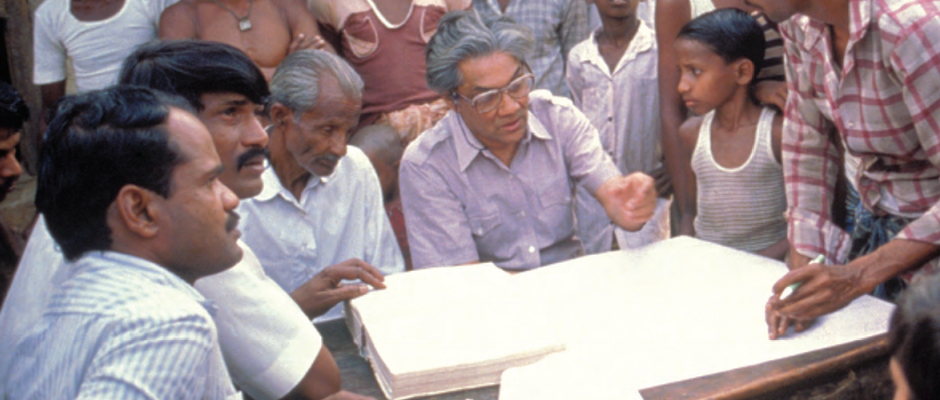
This paper examines disaster risk governance for island case studies, focusing on Pacific Small Island Developing States (SIDS) before, during, and after disasters. The discussion demonstrates how demonstrates how non-governmental actions can support (or supplement) official disaster risk governance. The ideas presented are possibilities which policy makers should consider for enacting disaster risk reduction—as along as they carefully examine both the advantages and disadvantages of the pathways and are clear regarding the potential positive and detrimental consequences. As such, this article offers not so much a policy agenda or policy recommendations as policy options, which those involved in island governance—not just island government—could and should have on the table.
The subset of islands for this article is the Small Island Developing States (SIDS), comprising several dozen countries and territories in the tropics and low-latitude subtropics, out of which the Pacific SIDS are the focus of this paper. Examples of sovereign Pacific SIDS are Kiribati and Tonga, while representative non-sovereign Pacific SIDS include Guam and New Caledonia. Pacific SIDS and their communities recognize that they face common governance challenges, including severe disaster risk, as well as similar governance solutions, such as tight and trusted kinship networks moving quickly in times of crisis. This article contributes to this literature by exploring more specifically how government can sometimes be effectively bypassed or supplemented by disaster risk governance.
The lessons emerging from this article focus on comparing and connecting different governance scales for disaster risk for Pacific SIDS, especially for knowledge and power. It is particularly telling how much is necessarily completed at the supra-national and sub-national (mainly community) levels, thereby bypassing government (national and local) in order to be successful in disaster risk governance. Some cautions are needed for a full interpretation.
Pacific SIDS’ governments should not be blamed for any deficiencies in national governance due to challenges of small scale, notably with regards to personnel, and limited resources. With some Pacific SIDS having populations in the tens of thousands, it is unrealistic to expect to find a civil servant conversant in every disaster-related topic. Hence, the need for pooled governance as part of acquiring and applying knowledge alongside self-empowerment. Meanwhile, at the local level, many Pacific SIDS communities are run by a formal governance structure that is not government per se. For example, outer atolls in some Pacific SIDS have hereditary chiefs but relatively communal decision-making. In cases such as Savo in the Solomon Islands, a mixture of governmental and non-governmental governance structures leads the communities, a variation of interactive governance. A system of “Bigmen” (chiefs) and elders govern alongside decision-making from democratically elected representatives who sit in the provincial parliament.
Consequently, bypassing government for governance might never be feasible in some SIDS. Local approaches are not a panacea. In addition to advantages, they also have disadvantages. Two examples are detailed here: (i) causing disaster risk governance problems for others and (ii) ingraining cultural aspects that are detrimental to disaster risk governance over the long-term.
Rather than assuming that one governance approach for disaster risk would be universally successful, a balance is needed. Achieving this balance means recognizing and accepting the roles of both governmental and nongovernmental governance at the three scales (regional, national and sub-national). Achieving this balance further means recognizing and accepting the connections amongst different governance scales. Some aspects of government can be bypassed at times to achieve successful disaster risk governance. Other governmental aspects are essential, depending on the context. Pacific SIDS case studies have demonstrated the wide range of contexts, factoring in knowledge, power, and the interactions between power and knowledge.
Read the full paper here.
Kelman, Ilan (2015). “Disaster Risk Governance for Pacific Island Communities”. The Asia-Pacific Journal Vol. 13 (48) No. 1, December 2015.


